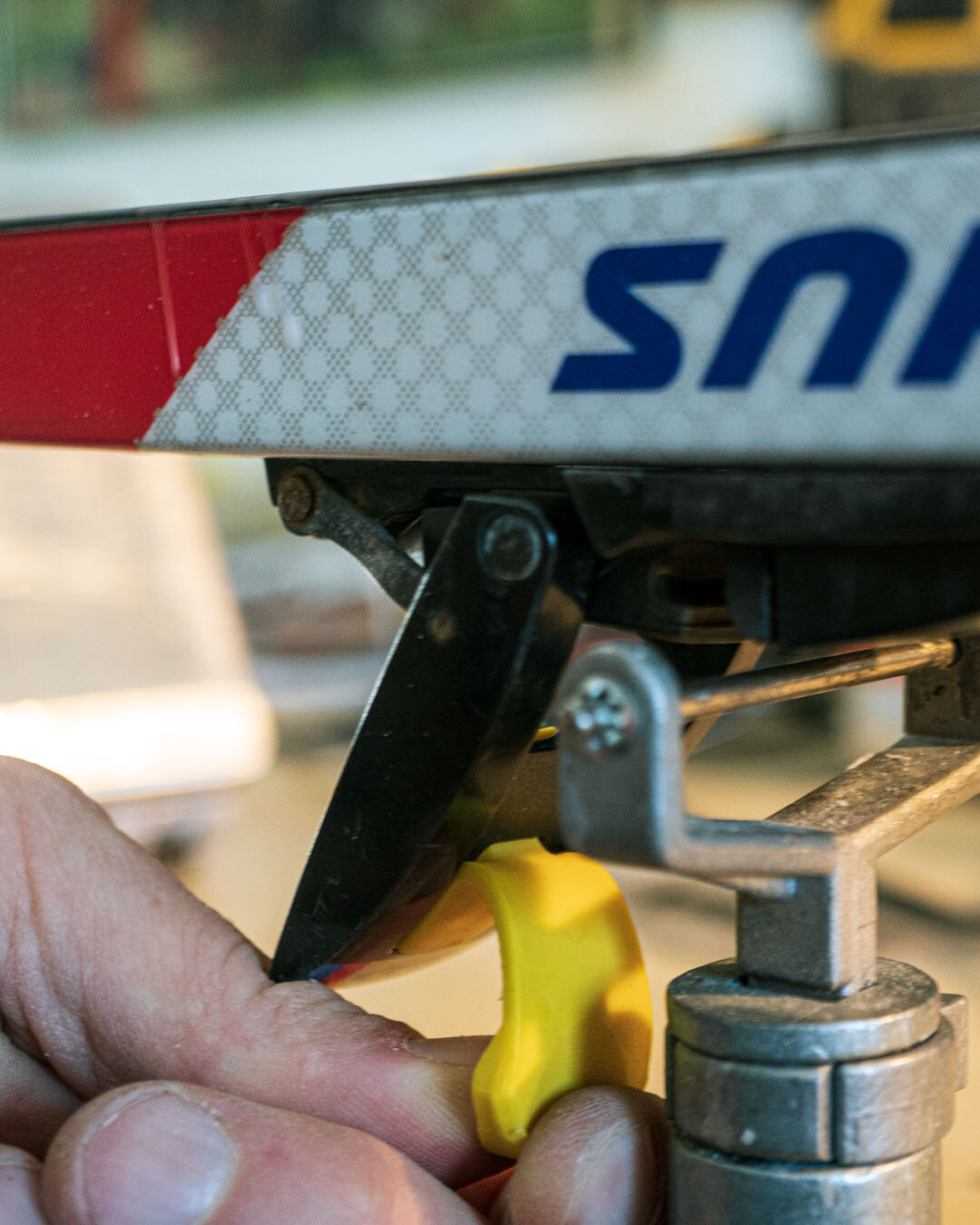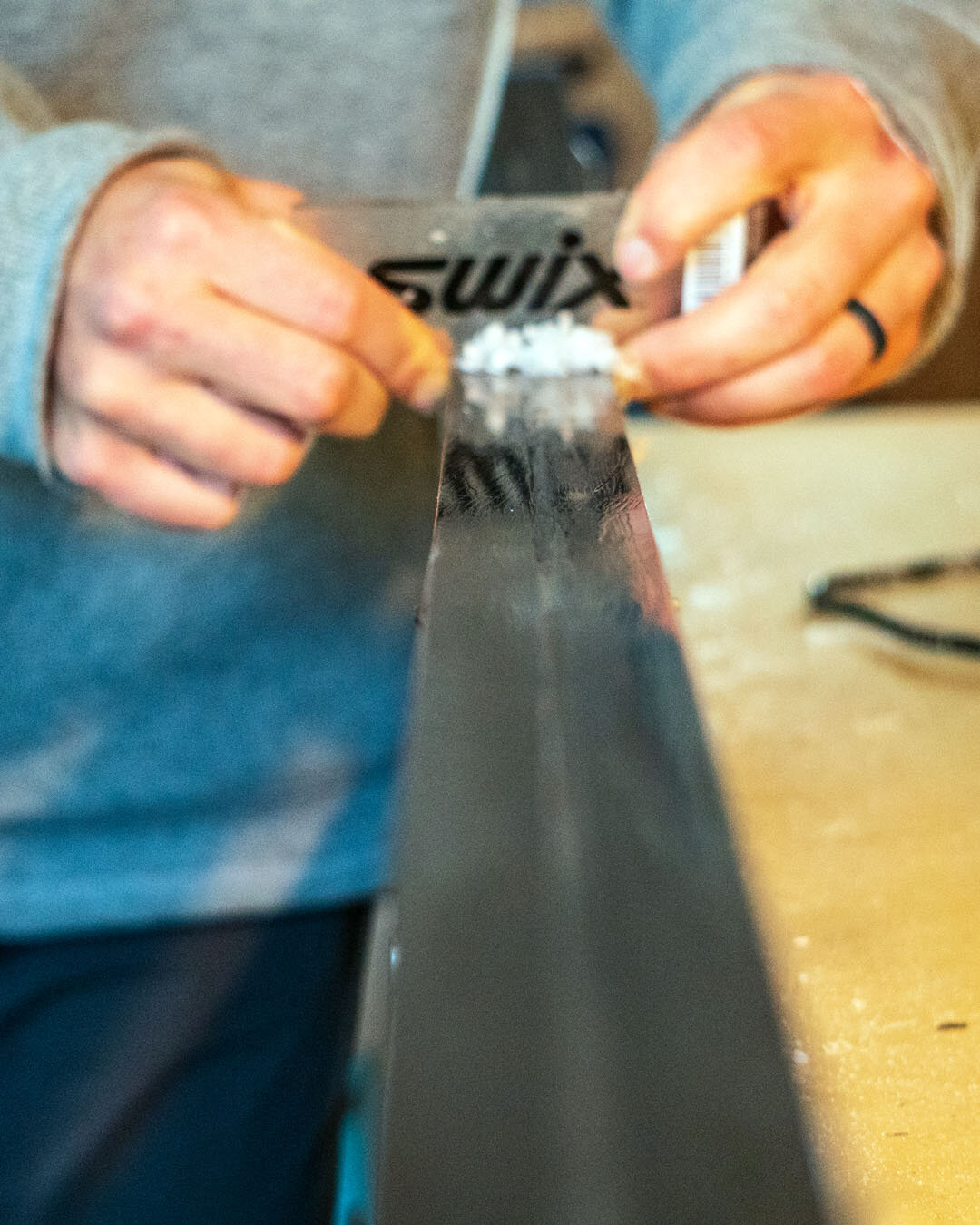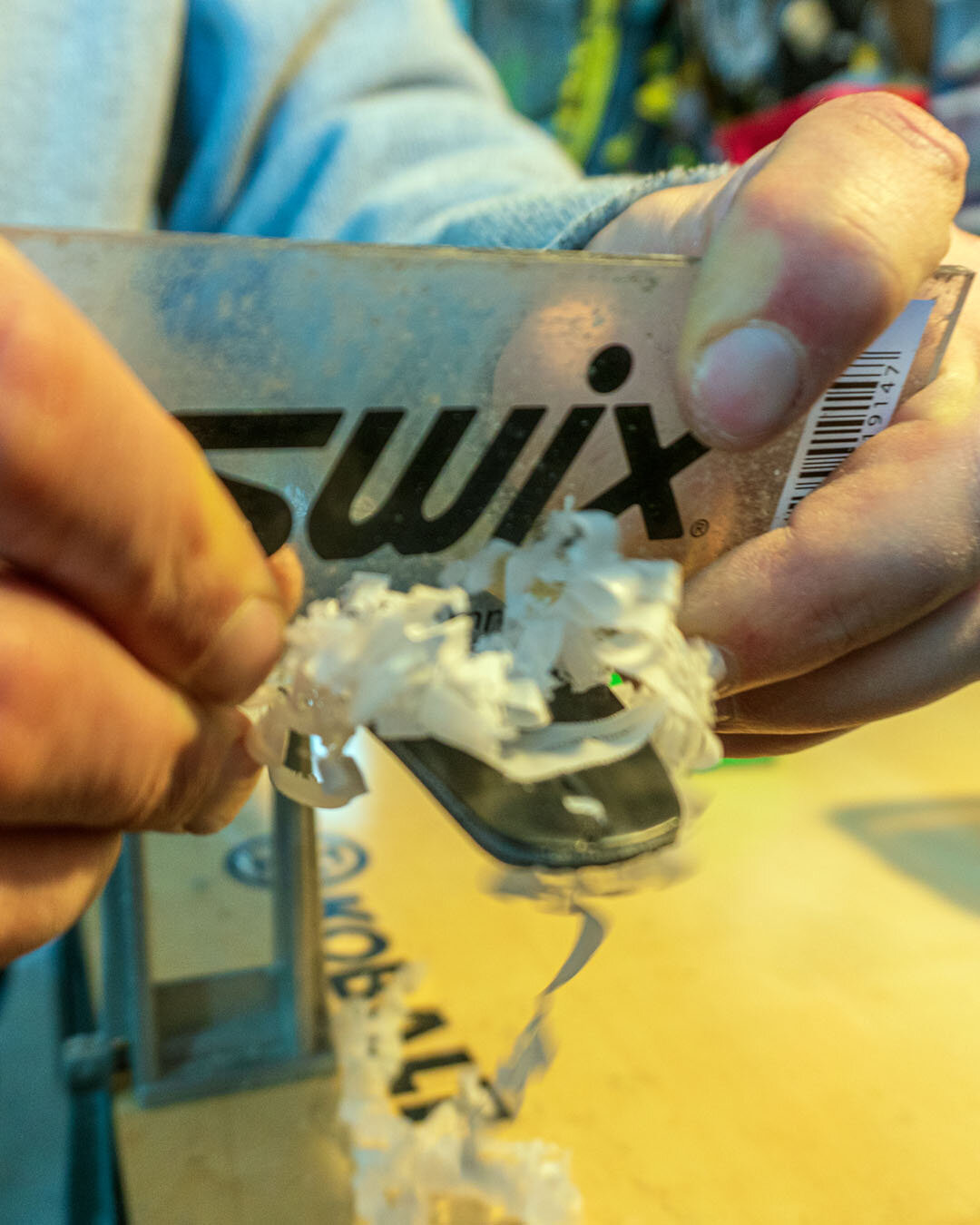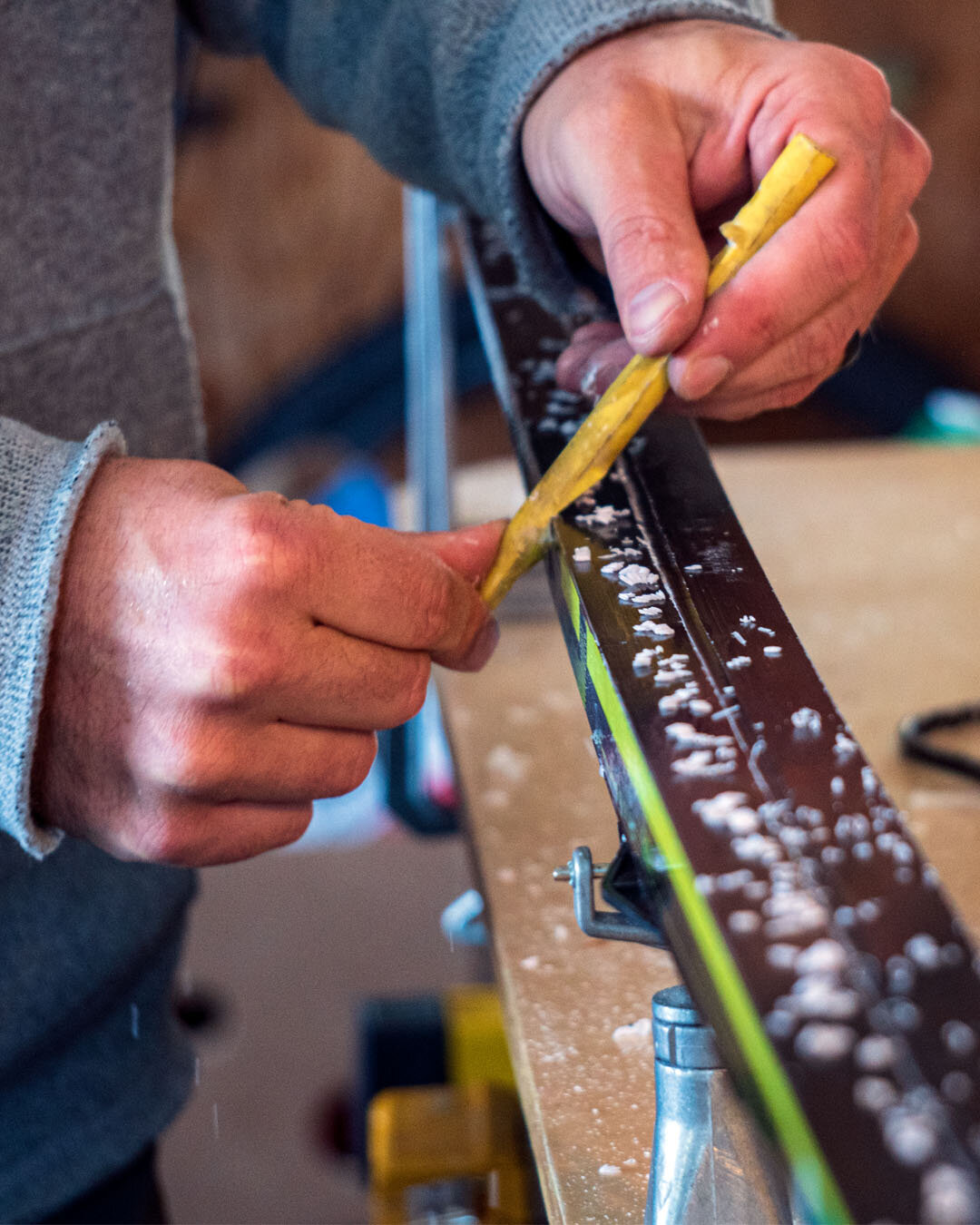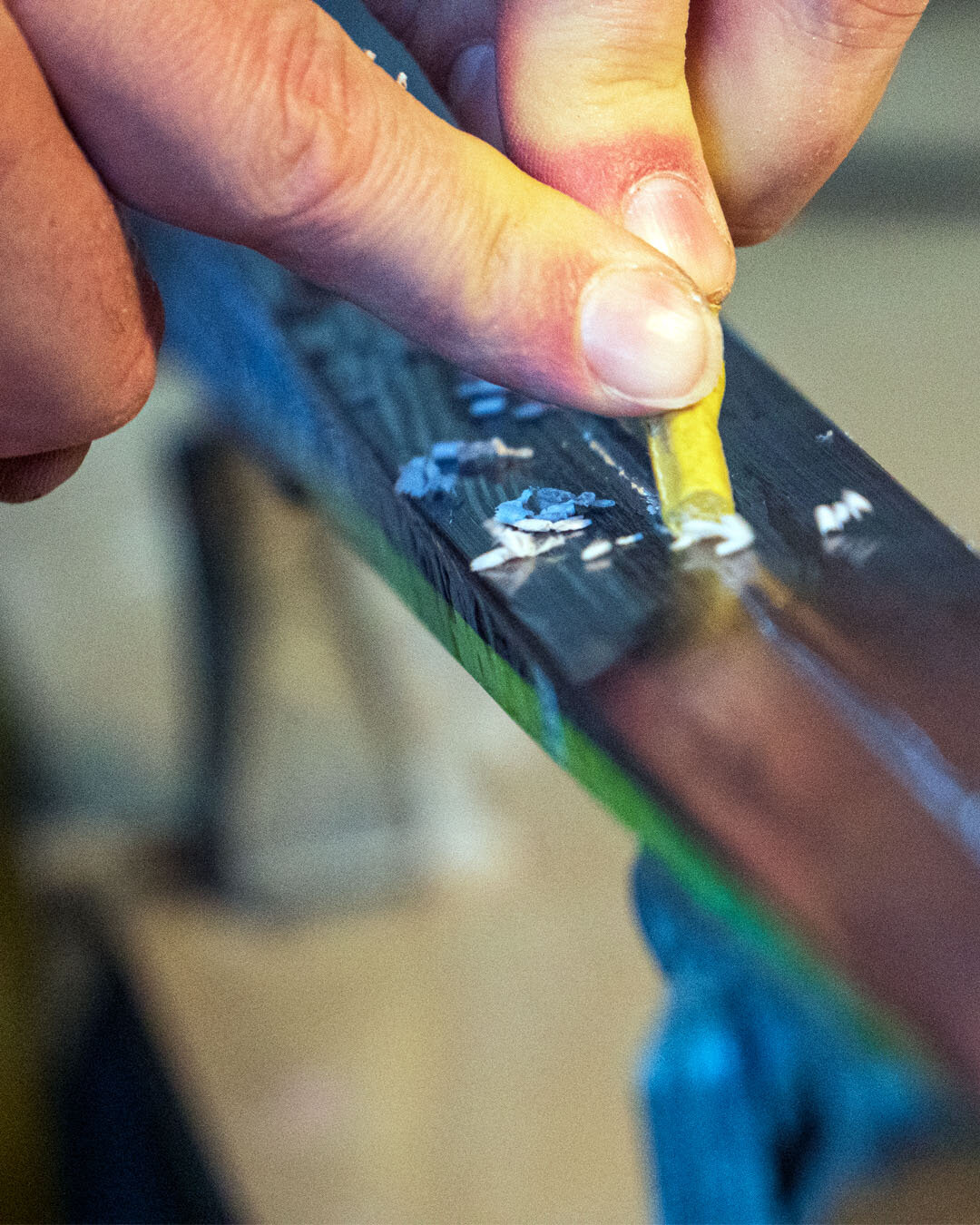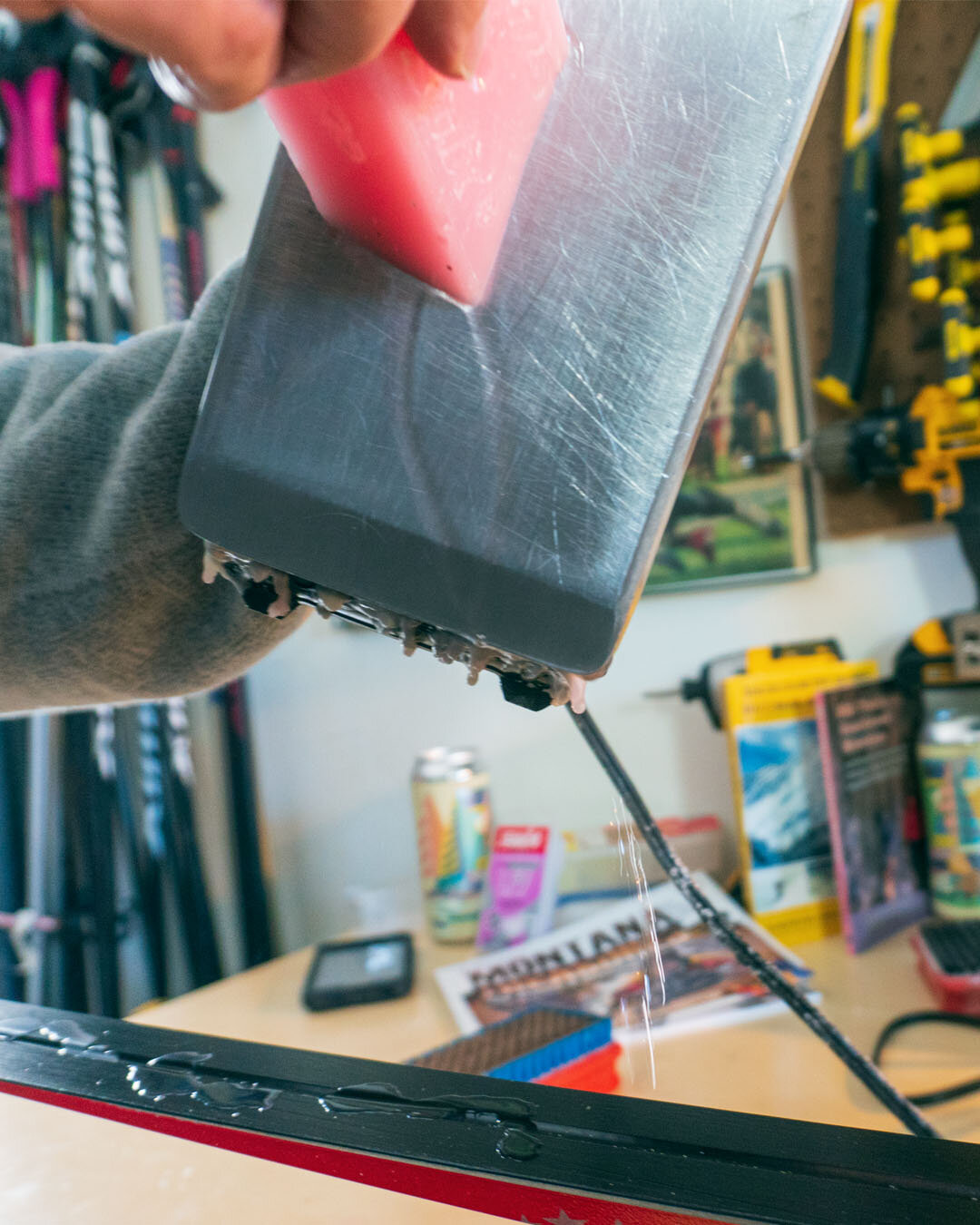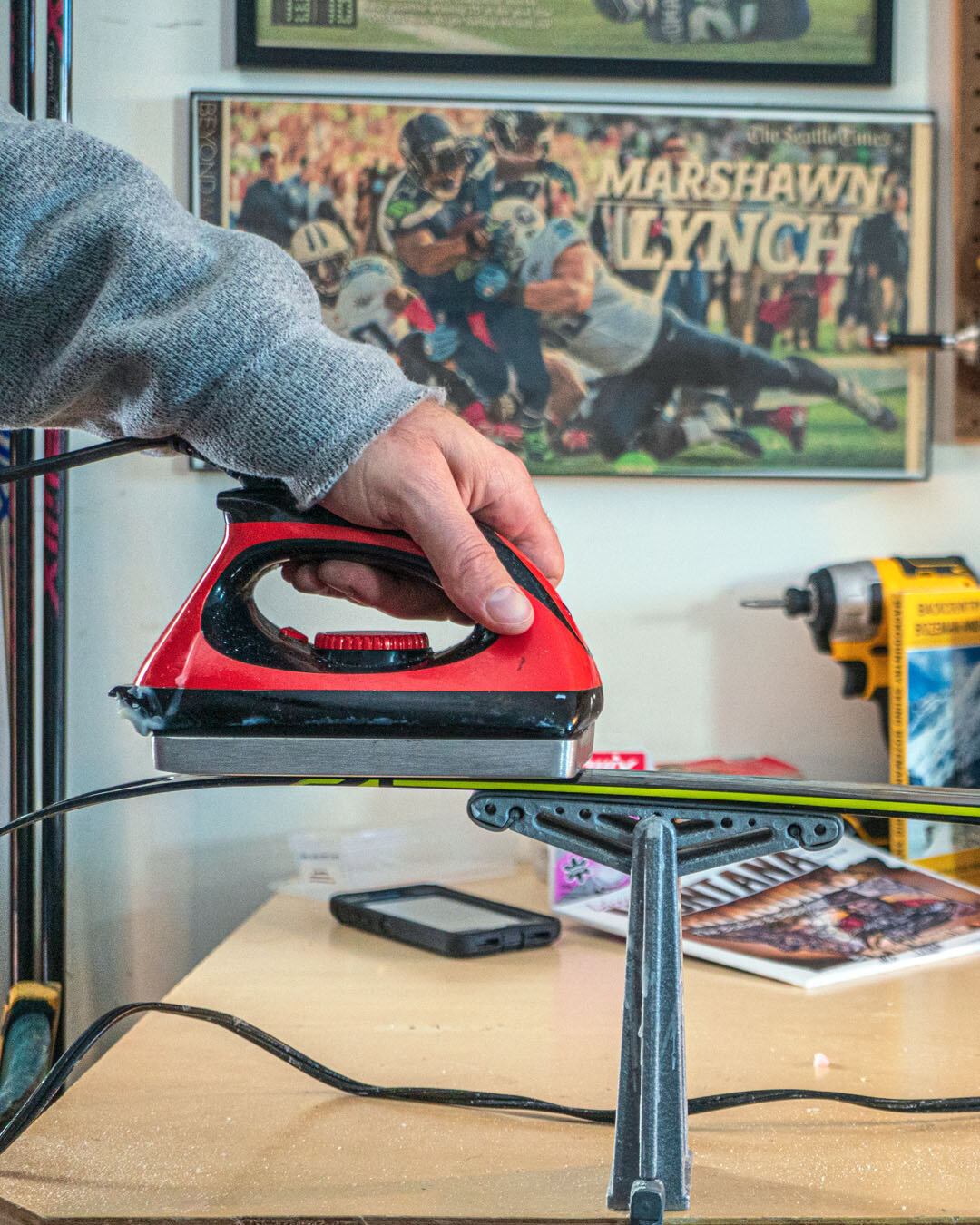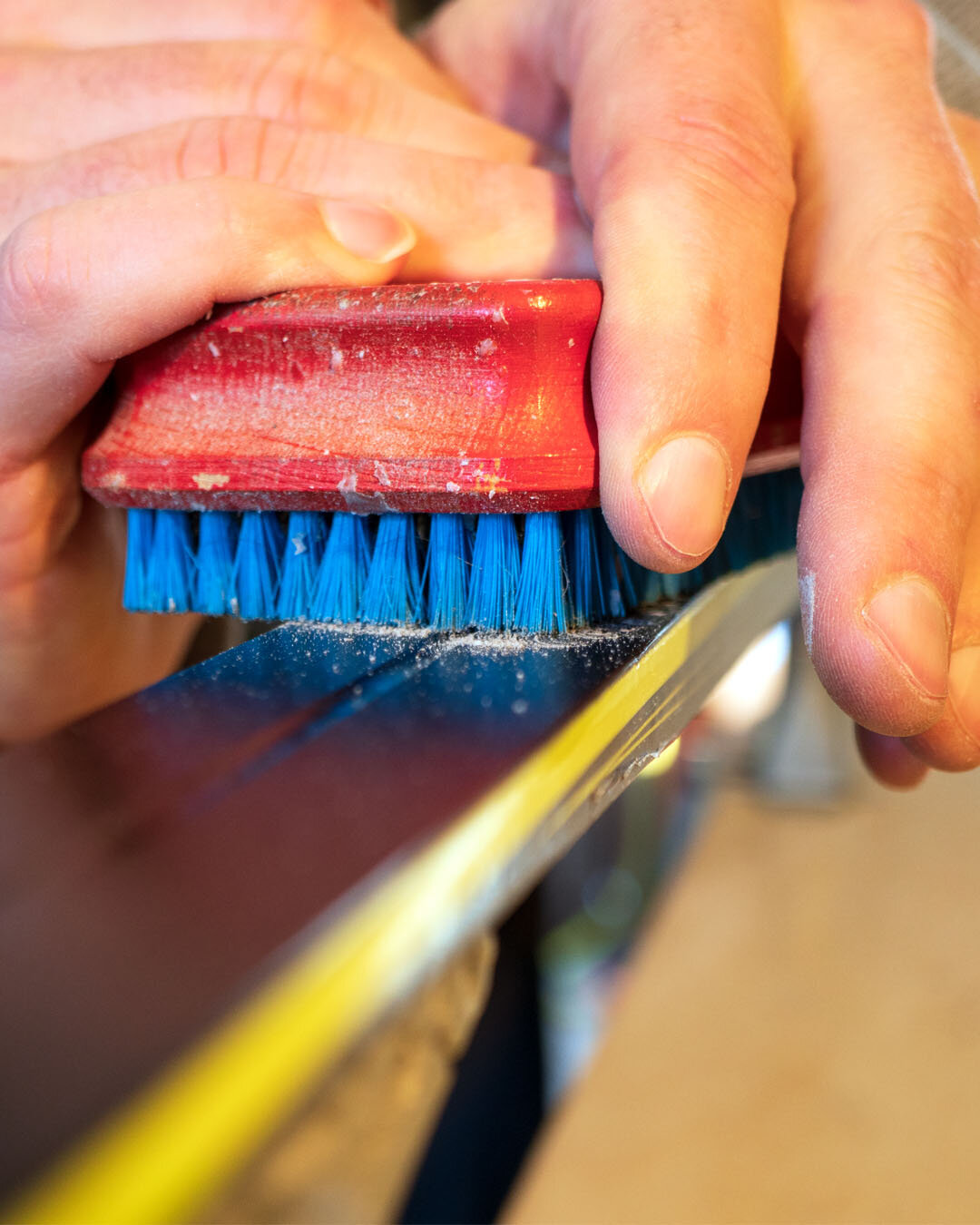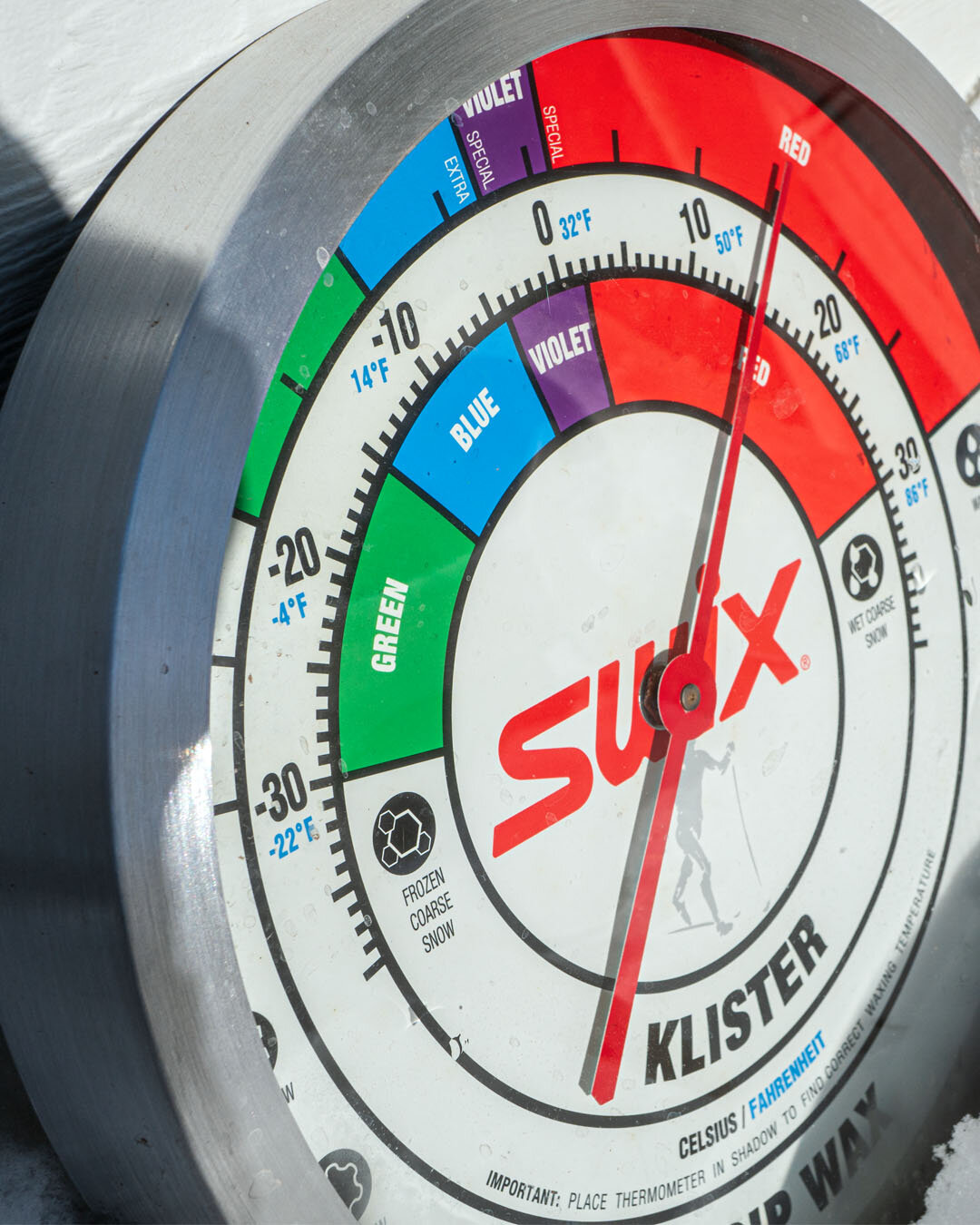Ski Preparation - Waxing about Waxes - The Last Best SKI
Snow is an ever-changing medium. The nature of frozen water is constant flux. Snow falling as stellar dendrites accumulates on the ground and forms a snowpack. The space between the ground and the surface air’s temperature gradient (if warming) will sinter the snow, compacting the snowpack. Cooling can facet layers in the snowpack, making weaker layers. Read more about this in the avalanche safety section.
The point is that picking the correct wax for your skis is crucial, and ski wax performance is temperature-dependent. Warmer conditions have a wetter snow that requires warmer waxes such as red to yellow. These temperatures are generally better for skate skiing. Skis with more base structure are faster in warmer, wetter snow. This is like siping a tire with small cuts that allow water to escape. In colder conditions, this same structure will catch faceted snow and increase friction, resulting in slower skis.
Colder temperatures cause the snow to crystallize or facet, creating harder, sharper snow. A smooth base that doesn’t grab these facets will be faster. The structure of the ski should be flatter. Hard waxes are more durable and hold up longer by breaking the crystals and forming a thin, smooth layer with less friction.
A snow thermometer will give a more accurate reading than the air temperature.
Picking the right ski wax is more crucial with Nordic skiing, where you have to put your own sweat into gliding.
One additional note about waxes: With safety and climate considerations, florocarbons are being phased out of the industry. Youth racing doesn’t allow them at all, and Masters Racing and the World Cup circuit might follow suit. Replacement waxes are more environmentally friendly.
Wipe tap for ski prep slideshow below.


